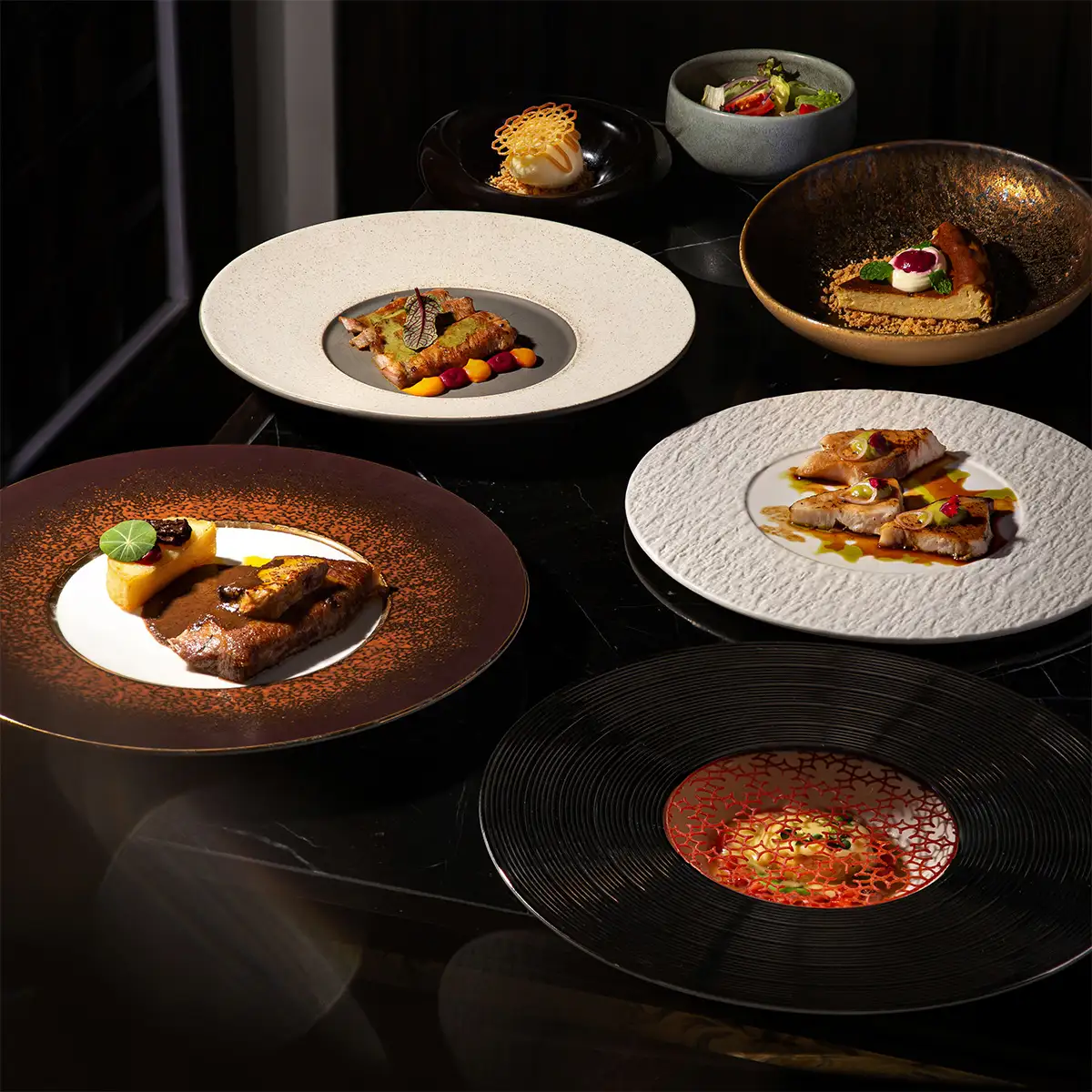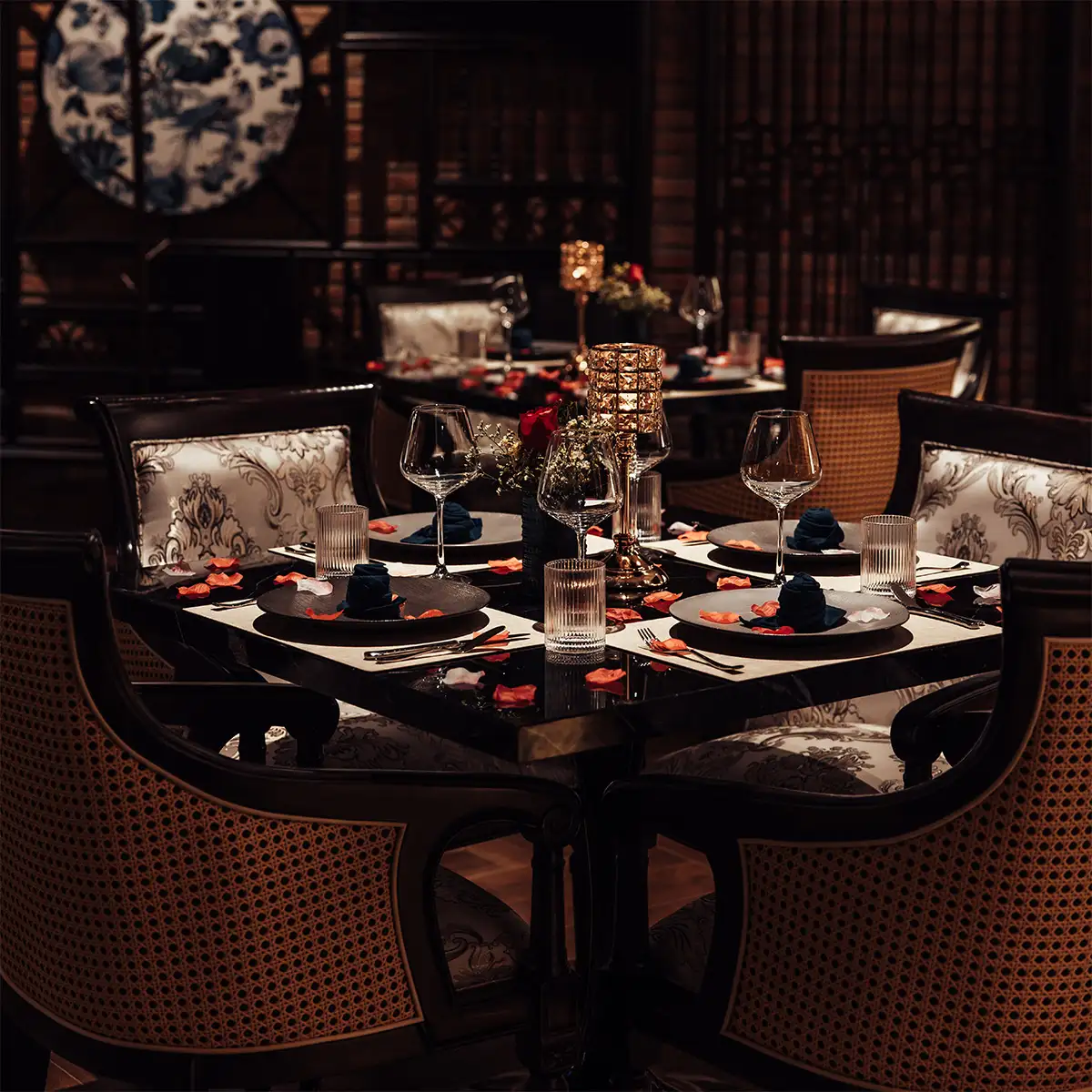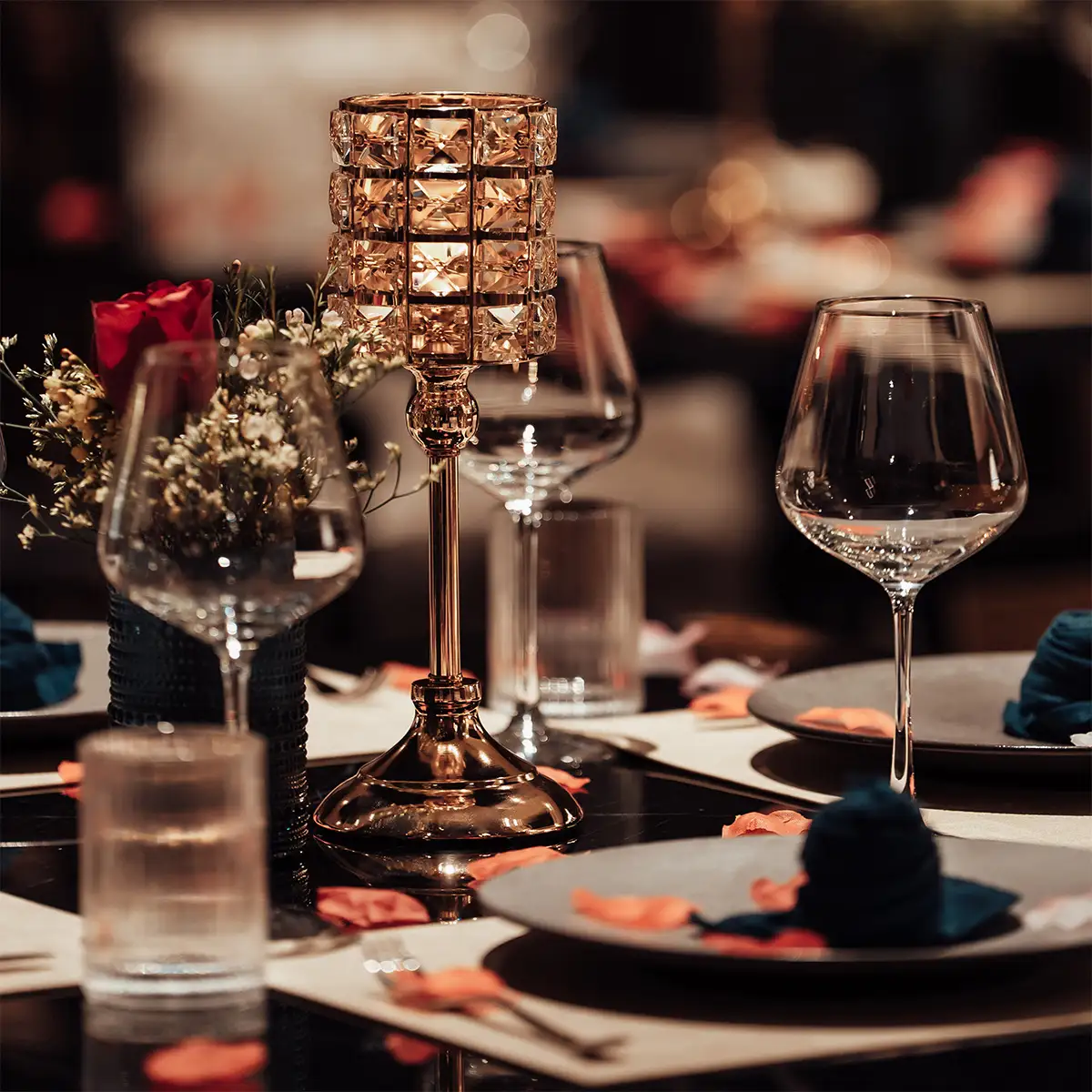- 1. The pillars of Italian fine dining: Ingredients and philosophy
- 1.1. The primacy of fresh, high-quality ingredients
- 1.2. Simplicity and authenticity: The core philosophy
- 1.3. Creative reinvention: Blending tradition with innovation
- 2. The Italian fine dining experience: More than just food
- 2.1. The multi-course journey: A traditional progression
- 2.2. The art of presentation and ambiance
- 2.3. The indispensable role of wine
- 3. Navigating the world of authentic Italian restaurants
True Italian fine dining is more than a meal; it is a profound celebration of culinary artistry, heritage, and the joy of living. At its heart lies a simple yet uncompromising philosophy: sourcing the highest quality ingredients and honoring the traditions that have shaped one of the world's most beloved cuisines. This guide will unveil the essential hallmarks of an authentic Italian fine dining experience, from the philosophy that guides the chef's hand to the meticulously crafted atmosphere that greets you at the door.
1. The pillars of Italian fine dining: Ingredients and philosophy
The foundation of exceptional Italian cuisine rests not on complex techniques, but on an unwavering commitment to quality and authenticity. It is a principle that transforms a simple dish into a memorable event.
1.1. The primacy of fresh, high-quality ingredients
The "farm-to-table" concept, a recent trend in many global cuisines, has been an intrinsic part of traditional Italian cooking for centuries. An authentic Italian kitchen is governed by the seasons. This dedication to freshness is the first and most critical element of the Italian fine dining experience. Chefs build their menus around what is currently at its peak, ensuring every component delivers maximum flavor.
For instance, true Neapolitan sauces are often crafted exclusively with San Marzano tomatoes, grown in the volcanic soil near Mount Vesuvius, which gives them a distinct sweetness and low acidity. A wheel of Parmigiano Reggiano is not merely cheese; it is a product of protected designation of origin (DOP), aged for a minimum of 12 months—and often much longer—to develop its complex, nutty flavor profile. Similarly, the choice of olive oil is paramount, with specific regional varieties, like the peppery Tuscan or the delicate Ligurian, being used to finish a dish, not just to cook with.
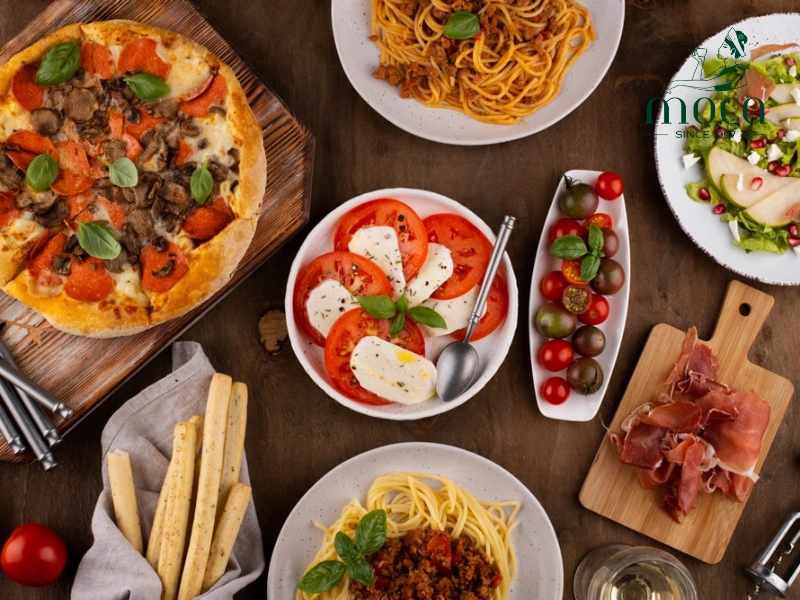
Seasonal treasures of the Italian kitchen—where freshness meets tradition.
1.2. Simplicity and authenticity: The core philosophy
The guiding principle of "less is more" is central to Italian culinary artistry. The goal is not to mask or transform ingredients, but to elevate their natural essence. A chef's skill is demonstrated by their ability to balance flavors with subtlety and precision, allowing the quality of the raw materials to take center stage. This is why a simple plate of handmade pasta with a fresh tomato and basil sauce can be a revelation in a true fine dining restaurant.
Consider a classic dish like Cacio e Pepe. With only three primary ingredients—pasta, Pecorino Romano cheese, and black pepper—its success depends entirely on the quality of each component and the technique used to emulsify them into a creamy, harmonious sauce. Likewise, a Bistecca alla Fiorentina, or Tuscan steak, is seasoned with nothing more than salt, pepper, and a drizzle of premium olive oil, its extraordinary flavor derived from the quality of the Chianina beef and the precise application of fire.
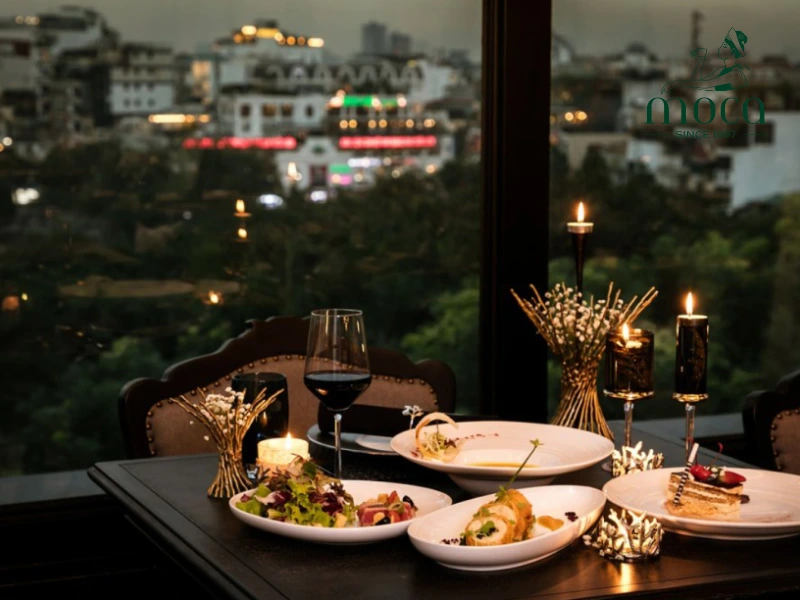
Italian fine dining: where simplicity unveils the soul of each ingredient.
1.3. Creative reinvention: Blending tradition with innovation
While deeply respectful of its heritage, modern Italian fine dining is not static. The world's leading Italian chefs are artists who masterfully blend tradition with innovation. They may deconstruct a classic recipe, introduce a contemporary technique, or present a familiar dish in a novel way, all while preserving its original soul. This creative tension between the old and the new is what keeps the cuisine vibrant and exciting, offering a dining experience that is both comforting and surprising.
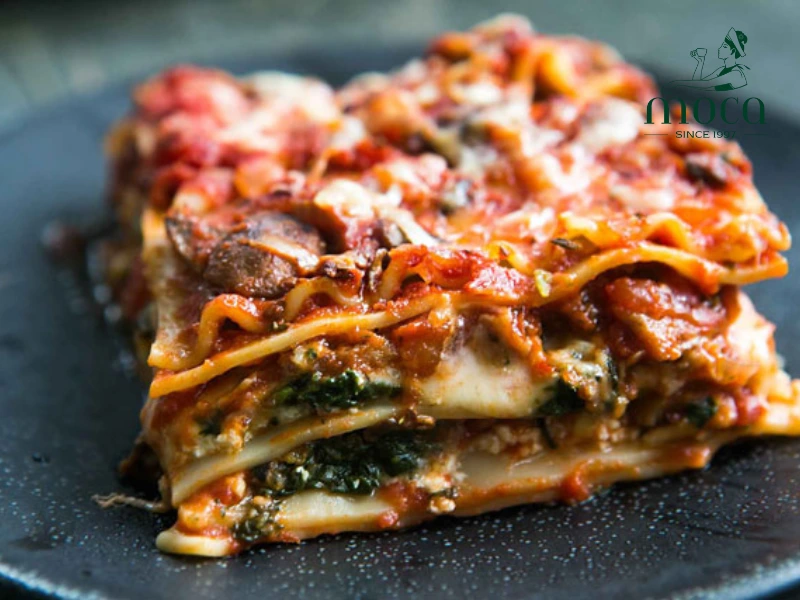
Tradition reimagined—where classic Italian flavors meet modern culinary artistry.
2. The Italian fine dining experience: More than just food
An evening at a premier Ristorante is a meticulously orchestrated performance where food is just one, albeit central, element. The entire experience is designed to be savored slowly, allowing for conversation, connection, and full appreciation of the culinary journey.
2.1. The multi-course journey: A traditional progression
The traditional Italian meal structure is not about excess; it is about balance and pacing. This multi-course journey guides the palate through a series of distinct yet complementary stages:
- Antipasto: A selection of appetizers, from cured meats and cheeses to marinated vegetables, designed to awaken the appetite.
- Primo: The first main course, typically featuring pasta, risotto, or soup. This course is focused on grains and sauces.
- Secondo: The second main course, centered on a high-quality protein like fish, beef, or game.
- Contorni: Vegetable side dishes served alongside the Secondo to complement its flavors.
- Dolce: A sweet and often elegant dessert to conclude the meal.
- Caffè & Digestivo: A shot of espresso followed by a digestif like Amaro or Grappa to aid digestion and complete the experience.
This unhurried progression is fundamental to the social fabric of Italian dining, transforming a meal into a cherished, shared event.

The art of Italian dining—each course a chapter in a shared culinary story.
2.2. The art of presentation and ambiance
In Italian fine dining, presentation is an art form. Each plate is composed with intention, a visual masterpiece that anticipates the flavors to come. This attention to detail extends to the restaurant's ambiance.
The environment is curated to be elegant, warm, and inviting, creating a sanctuary from the outside world. Typical decor elements include earthy tones, natural materials like wood and stone, soft, intimate lighting, and crisp linens, all contributing to an atmosphere of understated luxury and comfort.
2.3. The indispensable role of wine
Wine is not an accessory to an Italian meal; it is an integral part of it. The best fine dining restaurants pride themselves on a meticulously curated wine list that showcases the incredible diversity of Italy's wine regions. The sommelier is a crucial guide, an expert who can illuminate the story behind each bottle and recommend the perfect pairing to elevate both the food and the wine.
Classic Italian food and wine pairings are often hyper-regional, such as pairing a robust Sangiovese like Chianti Classico with a Tuscan steak, or a crisp, mineral-driven white from Sicily with local Sicilian seafood.
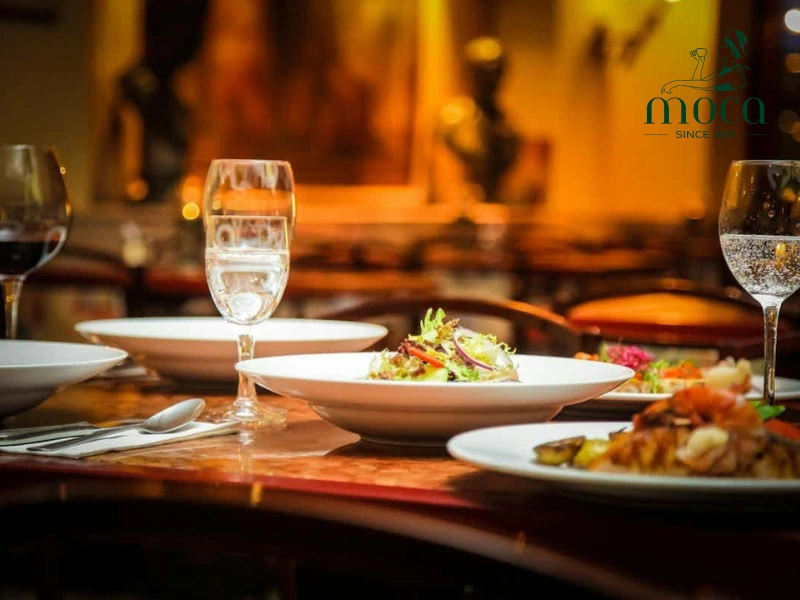
Where every detail—from plate to place to pour—tells a story of Italian refinement.
3. Navigating the world of authentic Italian restaurants
With Italian food's global popularity, distinguishing genuine establishments from tourist traps is a crucial skill for any discerning diner.
- Identifying genuine Italian eateries: Authenticity often whispers rather than shouts. Be wary of restaurants with large, laminated menus featuring pictures, or those employing aggressive touts on the street. True Italian establishments, from the grandest Ristorante to the humblest Trattoria, share common traits: a concise, often Italian-language menu that changes with the seasons, a bustling atmosphere filled with locals, and a clear focus on a specific region's cuisine. When in doubt, use online reviews from trusted culinary sources and seek local recommendations.
- Understanding different types of Italian restaurants: The Italian dining landscape is diverse, with each type of establishment offering a unique experience:
- Ristorante: This represents the pinnacle of formal dining—the most sophisticated setting for an Italian fine dining experience, featuring an ambitious menu, an extensive wine list, and impeccable service.
- Trattoria: Often family-run, a Trattoria offers a more rustic and casual atmosphere with a focus on traditional, home-style cooking and regional specialties.
- Osteria: Historically a simple tavern focused on wine, an Osteria today serves simple, locally-driven food in a lively, informal setting.
- Enoteca: A wine bar that also serves food. The focus is on exploring wines by the glass or bottle, accompanied by small plates of high-quality meats, cheeses, and other snacks.
- Regional diversity in Italian cuisine: There is no single Italian cuisine. Rather, it is a mosaic of 20 distinct regional Italian cuisines, each shaped by its unique geography, history, and local products. The North may favor butter, rice, and polenta, while the South is defined by olive oil, durum wheat pasta, and sun-ripened vegetables. Exploring these differences is one of the greatest joys of Italian food. Signature regional dishes include the aforementioned Tuscan steak, classic Roman pasta dishes like Carbonara and Amatriciana, and the vibrant Sicilian seafood preparations like Pasta con le Sarde.
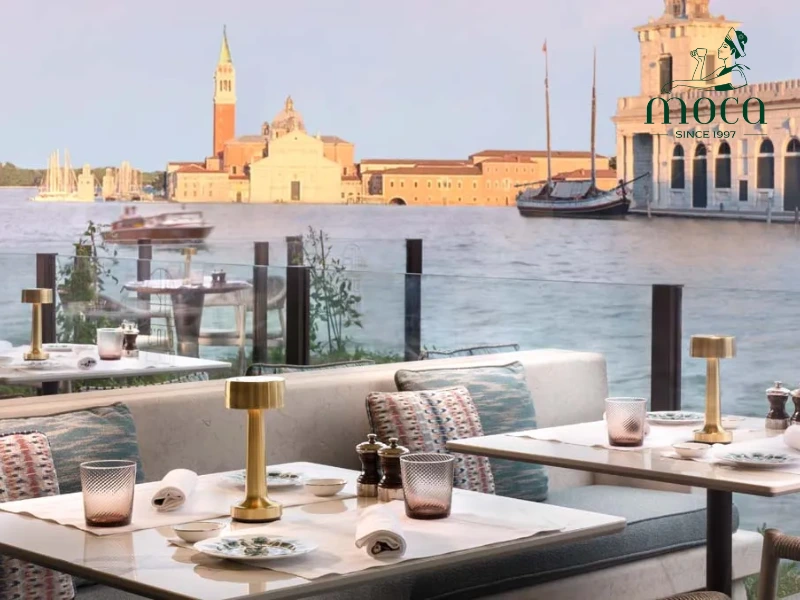
Beyond pasta and pizza—discover the rich, regional soul of real Italian dining.
Ultimately, Italian fine dining is a rich tapestry woven from threads of tradition, exceptional ingredients, and a deep, cultural appreciation for the sensory delights of the table. It is an invitation to slow down, to savor each moment, and to appreciate the profound beauty that can be found in a perfectly executed dish.
We invite you to discover the true essence of Italian fine dining at Moca Dining, where our passion for authentic flavors meets unparalleled elegance. Indulge in an exquisite culinary experience crafted with the finest ingredients and time-honored techniques. Make your reservation today and let us take you on a journey of taste and tradition.





